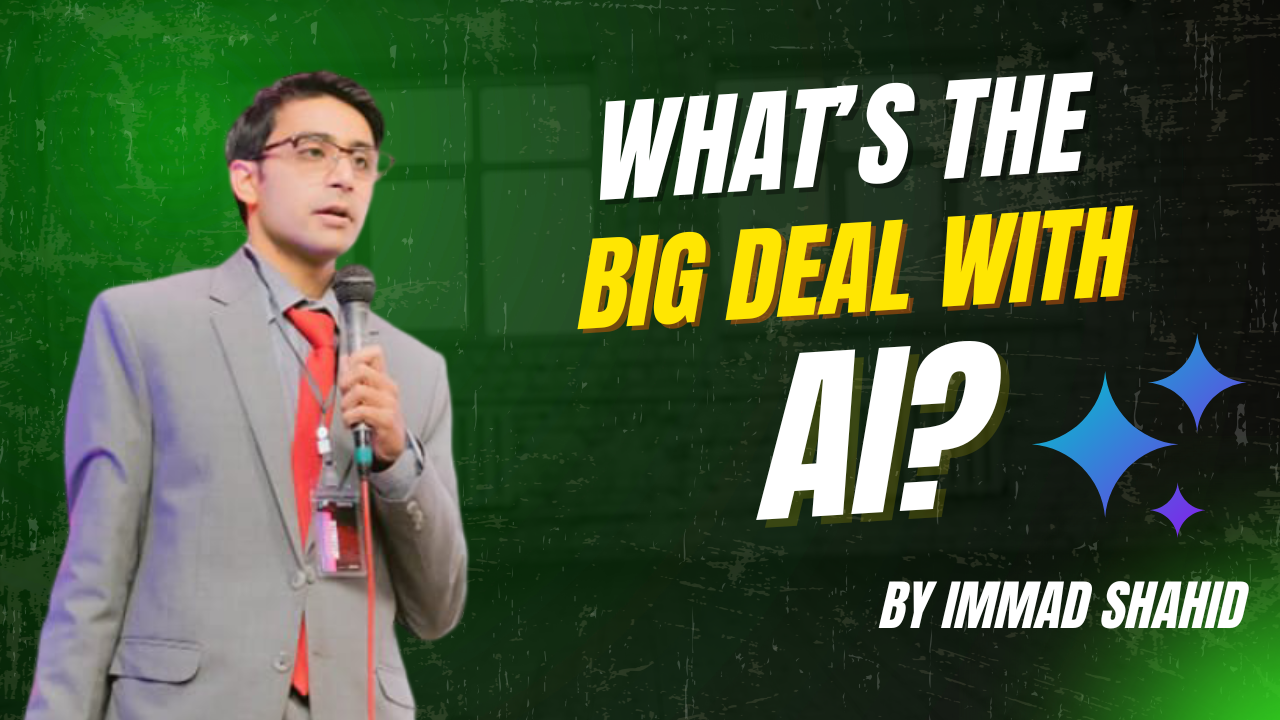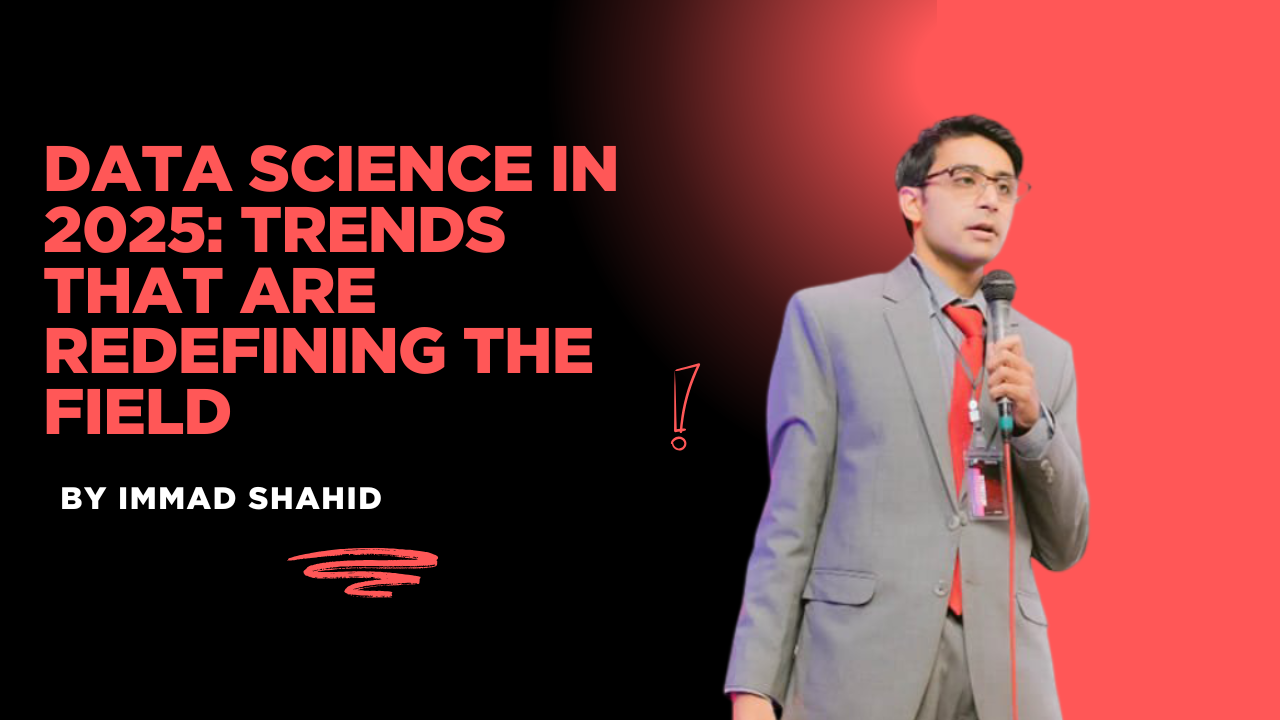AI is no longer just a buzzword. It is quietly reshaping the way we create. From writing blog posts to designing logos and even composing music, AI has become more than a tool. It is now a creative partner.
One of the most exciting shifts happening right now is something called Vibe Coding.
What is Vibe Coding?
The term was popularized by Andrej Karpathy, former Tesla and OpenAI engineer.
Traditionally, if you wanted to build an app, you would open your code editor and write line after line of instructions. With vibe coding, you simply describe what you want in natural language, and the AI builds it for you.
For example, instead of spending hours coding a login page, you might say:
“Make me a clean login page with a modern design and pastel colors.”
The AI then generates the prototype.
This is not autocomplete or a coding assistant. It is coding by describing your intent, coding by vibes.
The Bigger Picture: AI as a Co-Creator
Vibe coding is part of a larger trend of AI-powered content creation.
Writers are using ChatGPT to draft blogs. Designers are creating visuals with MidJourney and Adobe Firefly. Video editors are using Runway for instant editing. Developers are building apps with tools like GitHub Copilot, Cursor IDE, and Bolt.new.
What once required entire teams can now be achieved by individuals with the help of AI.
Why Vibe Coding Matters
Accessibility: You no longer need deep technical skills to build apps.
Speed: Projects that once took weeks can now be completed in hours.
Democratization: Students, freelancers, and small businesses can compete with larger companies.
Evolving Developer Roles: Developers are shifting from writing syntax to guiding AI, debugging, and designing architectures.
The Limitations Nobody Should Ignore
While vibe coding sounds revolutionary, it is not everyone’s cup of tea. If you do not understand basic coding concepts like syntax, debugging, or how systems work under the hood, you will struggle to make the most of it.
AI can generate code, but when errors appear, and they often do, you still need the ability to debug. Without that skill, projects can quickly fall apart.
Deployment is another major hurdle. Generating code is one thing, but successfully deploying an application to real users requires knowledge of servers, databases, cloud platforms, and security. These are areas where AI can help but cannot fully replace human understanding.
So while vibe coding lowers the barrier to entry, it does not completely eliminate the need for technical literacy. The best results come when human expertise and AI creativity work together.
The Future of Coding
The future of software development may look less like typing and more like conversation.
Developers will describe problems, and AI will generate solutions. AI agents will be able to debug and deploy applications independently. Human developers will remain essential, but their role will shift to that of curators, reviewers, and architects.
One day, a single prompt could generate text, visuals, code, and a working prototype all at once.
As Karpathy suggested, coding is becoming less about syntax and more about expressing intent.
Conclusion
Vibe coding is more than a trend. It is a glimpse into the future where creating software feels like storytelling rather than manual programming.
AI is not replacing human creativity. It is amplifying it. But this shift raises an important question: will we control AI, or will AI control how we think and create?
Either way, the age of coding by vibes has already begun.
I hope you liked the article… Please Share and Comment with your feedback below.
The writer, Immad Shahid, is an AI and Data Science enthusiast…





Leave a Reply